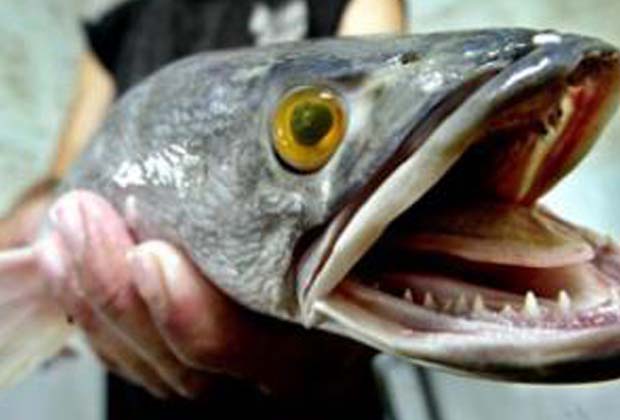

In the Sonoran desert, mountain lions are the main predators of adult desert tortoises.
#Non native game fish skin#
For this reason, if you find a desert tortoise, do not pick it up.Īs an adult, it has very few natural predators because of its thick, scaly skin and hard shell. One of its defense mechanisms when handled or disturbed is to release the contents of its bladder, which can deplete its water supply and can cause harm or death during a prolonged drought. Because desert tortoises live in an arid climate where most of the rainfall occurs during the monsoon season, it is able to store water in its bladder for use during drought and can go more than a year without drinking. Surprisingly, it is able to digest many species of plants that are indigestible to other animals with help from bacteria that reside in its digestive system.Ī desert tortoise emerges from its burrowĪnother adaption that makes the desert tortoise suited for desert life is the ability to acquire almost all of its water from the plants that it eats. It eats the leaves, stems and flowers of many species of desert plants. In fact, it will get most of its food for the entire year during this period. It provides a constant climate that keeps the tortoise cool when the weather is hot, and shelters it from freezing temperatures during hibernation in the winter.Ī desert tortoise may spend up to 95 percent of its life in shelters, only emerging to feed, bask and breed when the weather allows, mostly during the monsoon season, typically July – October.

The shelter protects the tortoise from the extreme heat or cold of the desert. Because it is ectothermic, it controls its body temperature by using a shelter. The desert tortoise has many remarkable behaviors and traits that make it well-suited for life in the desert. One of six members of the testudinidae family in North America, the desert tortoise inhabits the desert ecosystems of the southwestern United States and northern Mexico. The desert tortoise is an herbivorous and completely terrestrial turtle with a brown, high-domed shell and stout, elephantine legs. Although similar in many ways, the two species differ geographically (their ranges are split by the Colorado River) and by habitat, behavior and genetics.

Arizona has two native species of tortoise, the Sonoran desert tortoise, Gopherus morafkai and the Mojave desert tortoise, Gopherus agassizii.


 0 kommentar(er)
0 kommentar(er)
